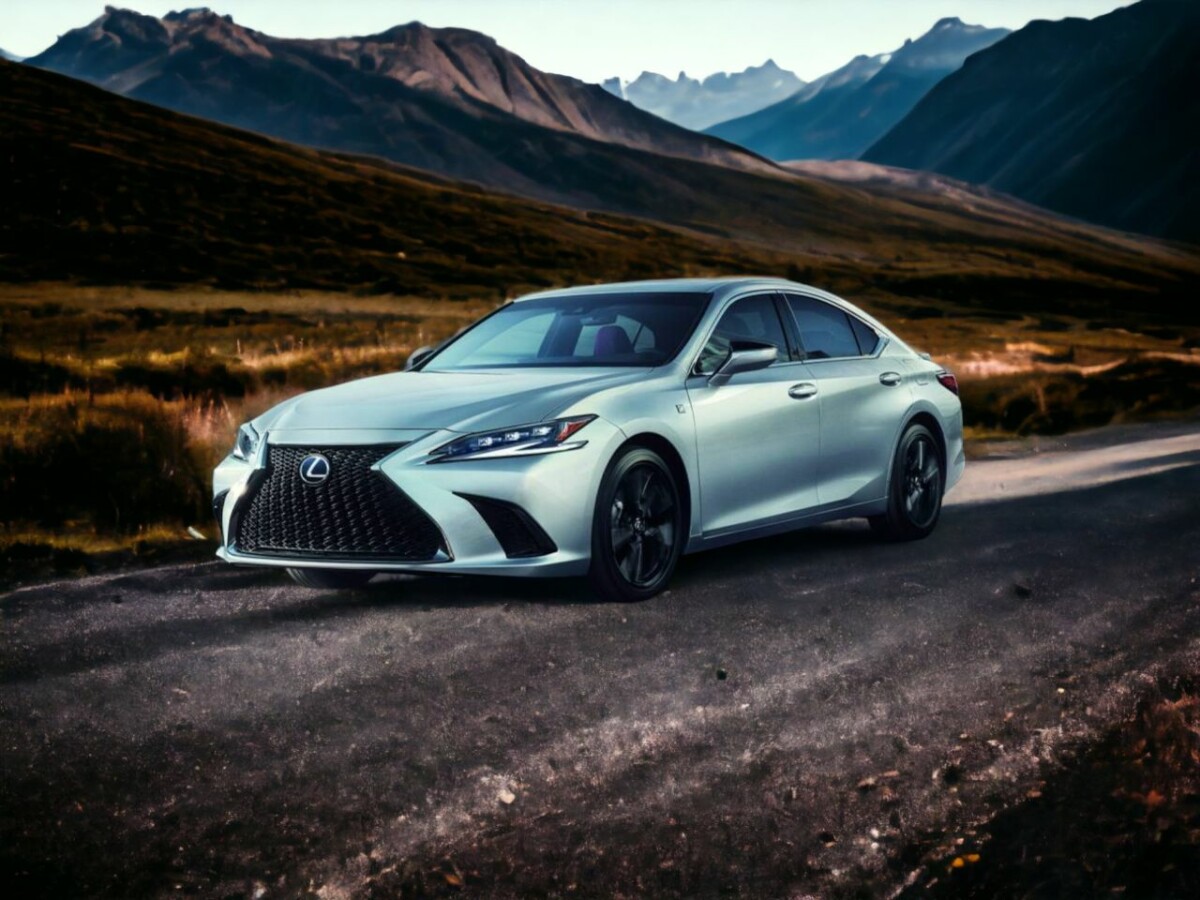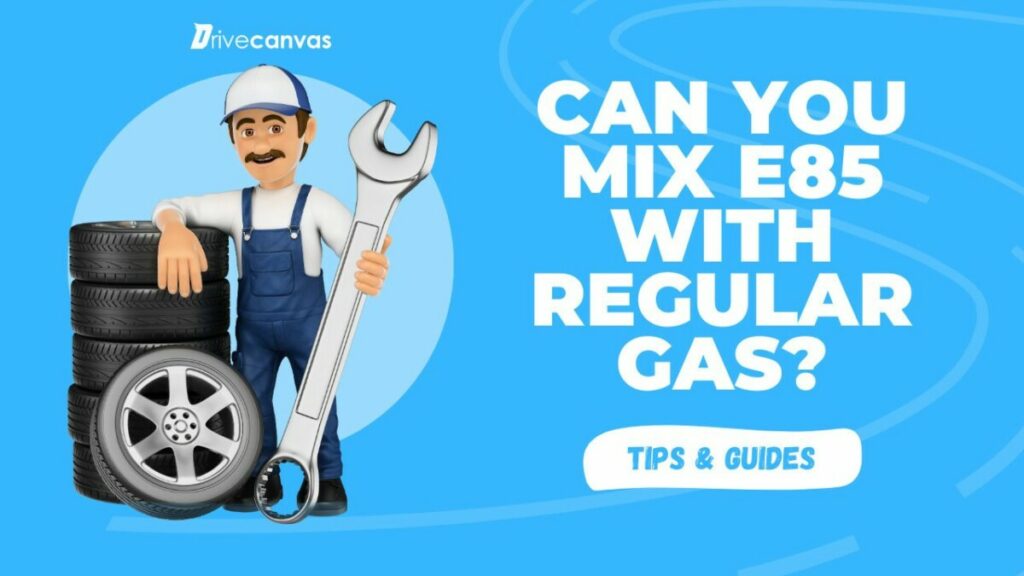Ever wondered what happens when you mix E85 and regular gasoline? Well, you’re in the right place, mate. This piece is gonna guide you through the nitty-gritty of messing with the ethanol levels in your fuel.
You’ll get the lowdown on any potential damage it could do to your ride, what makes E85 tick, and why ethanol is even in fuel to begin with. Plus, we’ll shed some light on the industry’s hot debates and the performance perks you could score.
Keen to boost your fuel knowledge? Let’s get into this crazy tango of E85 and regular gas.
Combining E85 With Regular Gas – Is it Doable?
Indeed, you can mix E85, or ethanol blend, with regular gasoline. Bear in mind though, only flex-fuel compatible vehicles should be filled with this blend to prevent any potential damage.
Before we get into the nitty-gritty of mixing E85 and regular gas, it’s pretty important for you to get the low-down on what makes up these fuels. They’re both a mix of ethanol and gasoline, but in different proportions.
You know E85, right? Well, that bad boy is made up of a whopping 85% ethanol. On the flip side, your regular gas is typically just 10% ethanol.
This ethanol difference can seriously mess with your engine’s performance, especially if we’re talking about a high-performance model. Ethanol’s got a high octane rating, which is pretty great for reducing that annoying knocking issue common in high-performance engines. But it’s not all sunshine and rainbows. Ethanol’s energy content is less than gasoline, meaning you might see a dip in your fuel economy.
That being said, don’t be too quick to write off E85. For those high-performance applications, E85 often brings more to the table, particularly when it comes to keeping the engine cool and resisting detonation. So, you see, it’s a bit of a mixed bag.
Effects of Mixing E85 With Regular Gas on Engine Performance

Combining E85 with your regular gas can really mess with your engine’s performance. This is because the mix changes the ethanol content, and your ride mightn’t be ready for that kind of change, potentially leading to serious engine issues. Let’s break it down:
- Shifting Ethanol Levels: The ethanol content in your fuel isn’t static; it shifts depending on how much E85 you’re mixing in. Your car mightn’t have the flexibility to adapt to these changes, which can mess with how well your engine runs.
- Possible Engine Damage: If your engine isn’t built for E85, it could take a hit due to the high ethanol content. Ethanol has this annoying habit of soaking up water, which can lead to corrosion and other nasty problems.
- Fuel Efficiency: Ethanol isn’t as energy-dense as gasoline, meaning it doesn’t go as far in terms of mileage. This could mean more trips to the gas station, which is never fun.
The Role of Ethanol in E85 and Regular Gasoline

So, let’s talk about the fuel game, right? Ethanol is a pretty big deal, both in E85 and regular gasoline, but here’s the catch – it’s not the same amount in both. You’ve got up to a whopping 85% of ethanol in E85. On the flip side, your everyday gas only rocks about 10-15% ethanol.
Now, what’s really interesting is how this stuff interacts with your engine.
When you’ve got a higher concentration, like with E85, ethanol can turn your engine into a beast, especially if you’re using ethanol blends designed for high-performance machines. But, as always, there’s no such thing as a free lunch. Ethanol doesn’t pack as much of an energy punch as gasoline, so your miles per gallon might take a hit.
And there’s another thing to keep in mind. Ethanol has this annoying habit of sucking up water, which can cause some not-so-fun corrosion in your fuel system. So, if you’re thinking about mixing E85 with regular gas, make sure you’ve got all these factors on your radar.
Impact of E85 and Regular Gasoline Mix on Fuel Efficiency

If you’re toying with the idea of mixing E85 with your regular gas, here’s the down low. You’re going to see a hit to your fuel efficiency. Why, you ask? Well, simple science my friend. E85 just doesn’t have the same energy content as your regular gasoline does, which means less mileage for your car. Let’s break it down:
- Less Distance, More Problems: Ethanol, which is the major player in E85, just doesn’t pack the same punch as gas does when it comes to energy. Translation? A gallon of E85 isn’t going to get you as far as a gallon of regular gas. That’s just the way the cookie crumbles.
- Emissions Situation: Okay, so E85 does have one thing going for it. It burns cleaner than regular gas, which means it’s a bit friendlier to the environment. But, here’s the kicker. If you’re burning more of it because of the reduced efficiency, well, you’re kind of just cancelling out that benefit. Talk about a buzzkill.
- Engine Vibes: And here’s another thing. Not every engine can handle the high ethanol content. So, before you go gung-ho on the E85, make sure your ride is flex-fuel compatible. Trust me, you don’t want to deal with engine damage.
Just a heads up, it’s usually best to stick to what your vehicle’s manufacturer recommends when it comes to fuel. Better safe than sorry, right?
Ethanol Industry Concerns and Government Subsidies

There’s a whole lot of chatter out there about the ethanol industry and all the financial backing it gets from the government. If you’re scratching your head wondering why this is such a big deal, let’s dive into it.
Basically, ethanol production, which is mostly made from corn here in the U.S., is like a fave child of the government. They’re all for it because it lessens our need to rely on foreign oil and it gives a nice little boost to the farming industry.
But not everyone’s on board with this love fest. There’s a bunch of critics who believe that the environmental hit we take from growing corn for ethanol, like changing land use and messing up our water, isn’t worth the supposed benefits. Plus, they reckon that these subsidies are messing with the market, making it super hard for other, greener biofuels to get a look in.
It’s a whole can of worms, no denying that. There’s no quick fix or straightforward answer. But getting clued up about the bigger picture might help you make smarter choices about the kind of fuel you decide to use.
The Scoop on Fueling: E85, Regular Gas, and Beyond

Here’s where it gets super neat. Now, get this, you can totally mix E85 with regular gas. Yup, swapped it in the tank like a varsity line change, but what you really need to consider is the overall longevity of your car. Imagine you’re rocking a Toyota Corolla – a ride known for hitting a serious mileage marker. Corollas babies can clock up to the moon and back. Well, not literally, but you get my drift.
Seriously though, it’s all about whittling down what this means in dollars for you in the long run, especially when it comes to maintenance costs. For example, if you’re flexing a Lexus, well, things might get a smidge pricier. You have to think about how often you’ll be dropping it off for routine maintenance and that kind of jazz.
On the flip side, imagine being able to wash your car with shampoo. Sounds wacky but it’s a thing. You may be asking, “Can I use shampoo to wash my car?” The short answer is yes, and in fact, it’s one of the coolest hacks ever.
So yeah, the fuel you choose to use can have an impact on your ride, and it’s super important to weigh all factors. It’s not just about getting from point A to point B, it’s about understanding your car, inside and out. From how many miles your Toyota Corolla can last, to the costs of maintaining a Lexus, and even using that extra bottle of shampoo in the garage, it’s all a part of the experience. Remember, your car is an extension of you, so treat it right!

